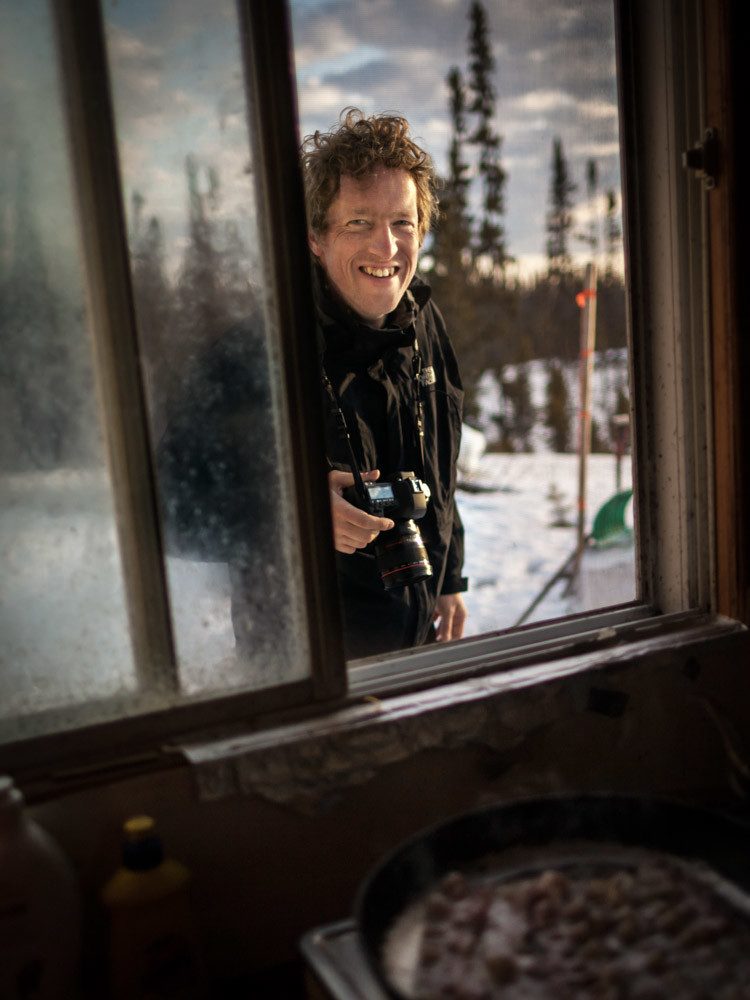Gordon Welters - 2014 finalist
Gordon Welters is a freelance photographer with a focus on documentarian work. His assignments are mostly for national and international magazines, newspapers as well as non-government organizations worldwide. In addition to photographic commissions, Gordon Welters works on personal projects. He follows the requirements of socially engaging photojournalism - most of the stories he covers are about human beings. Gordon Welters was FREEDOM TO LOVE photography award's top finalist.
YOUMANITY asked Gordon Welters the following questions:
How did you first get into photography?
I got my very first camera when I was 20. I was eager to document my own life - the places I travelled to and the people whom I met on the way. Today I see photography as a means of discussing my own identity.
What kind of equipment do you use?
Canon EOS 5D Mark III
What is the most challenging aspect of your profession?
To delve deep into people's lives. Learning about their lives gives an important impetus to my own life. It’s all about trust. Building a rapport can be the most challenging aspect of my profession.
For Freedom to Love photography award you submitted a reportage, Behind the Silence, highlighting the discrimination suffered by disabled people. What motivated this series?
In 2006 I heard about the Psycho-Neurological Internat No.3 in Peterhof (Russia), a home hosting thousands of people affected by psycho-neurological conditions as well as the homeless, alcoholics, and geriatrics. It took a few years for me to obtain an official permission to be allowed to take photographs inside this place. Incidentally, I had read Anton Chekhov`s “Ward No. 6“- a short story about a mental asylum. So, some 120 years after this short story was published, I decided to explore how the situation about the mentally ill had changed since then. At the Internat No.3 I met some amazing volunteers, in particular the sitter of my photographs, Laura. I was deeply moved by her altruistic work for the disabled.
Is there a photographer past/present that you particularly admire?
I admire Eugene Richards’ work, because of the incredible closeness and the sensitivity with which he interacts with his subjects. I am also inspired by Anders Petersen’s strong personality and how by the unobtrusive way he takes pictures. And I like Homer Sykes too for his ability to depict everyday life with a twinkle in his eye.
What has been the most gratifying moment of your career?
For my photographic essay entitled "Go, my beauty" I met Dana - a young woman, who was diagnosed with cancer - 19 days before she died. I visited Dana in the hospital almost every day. Despite her illness, she stayed positive and a circle of special friends not only supported Dana to the end, but also learned to support each other. In this way, a unique network was born. It was her wish, to share the idea of a circle of friends with the outside world, to support the sick, their relatives and their friends. The resulting photographic exhibition "Go, my beauty" moved many visitors - total strangers struck a conversation with each other. It was then that I realized that my photographs had succeeded in moving the subject of death to the right focus.
What is your next dream?
Unfortunately, to work on in-depth social reportage becomes always more difficult – almost always because of luck of funding. I sincerely hope I may work on another sensitive story soon in the future.



